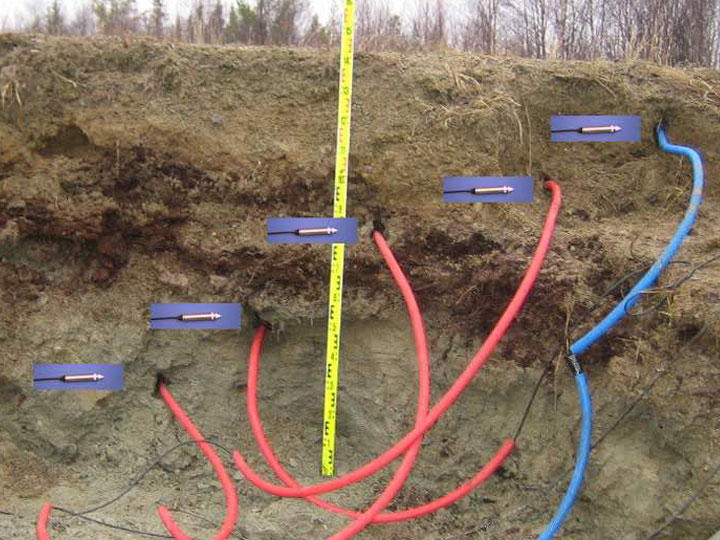When you are in charge of building roads, it is vitally important that you know all about the proper cross-sectional structure of roads. Otherwise, a roadway with an improperly built structure may result in deformation of the road which could lead the major accidents. Today, we will talk about the standard road structure cross section details in this article.
There are four major elements of a road structure cross section, all of which need to perfect in order to make the road worth the investment. They are:
Now, let us see each of these elements in detail.
This is the very top level of the whole roadway architecture cross section. This is the surface the cars roll on, so it is in direct contact with the vehicles. This also means that the surface/wearing course is continually exposed to the weather.
Also called the pavement, the surface of the road is generally built using bitumen as the binding material. In a bituminous pavement, a combination of mineral aggregate and bituminous binder material is used. The course can be something as inexpensive as a thin (less than 0.25 inch) layer, or it can be asphaltic concrete, and anything in-between, depending upon the needs of the road.
The bituminous concrete should have the following qualities if it is to last a long time with good service:
The design of the pavement mix should be done in such a way so that it lasts throughout a considerably long period of time to justify investment. Also, similar care should be taken at the time of the construction of the wearing course as well.
There are six different ways you can achieve all the above conditions in a pavement. These are as follows:
You can use any of the above methods, but each of these methods have their ups and downs useful in certain scenarios. Therefore, you should investigate further before you choose a method. However, note that the first two methods are most common in practical use.
Base Course
The layer immediately under the pavement or the surface layer is known as the base course. It bears all the load on the road, so it should be prepared for that accordingly. That is why the material for the base course is chosen of the top quality and the construction is done very carefully.
There are four main types of base course depending upon material:
A granular material layer is provided between the loaded base course and the bottom layer to buffer the loads coming from above. This is called the Sub base in a road structure cross section. It is generally made out of low-quality subgrade.
The main use of the sub base is to reduce the loads coming down from the base course to an acceptable level till they are okay for the bottom layer to take. However, it also acts as a working plate for constructing the layers above, and acts as a drainage layer by preventing movement of water up or down.
Also, the subgrade and the base course need a diaphragm between them or they get mixed up; the sub base works as that separator.
It is the bottom most road structure cross section level, and therefore consists the natural ground material of that location. Or, you can use fill material brought in from an external source as well. This layer acts as the final layer to carry vehicle loads to the earth, and any other stress as well.
As it is the bottom most layer, if the layer is unchanged from the natural ground, the layer is considered of an infinite depth (or at least till the bedrock). The properties of the first 1 foot of the material are considered only, as prepared by compaction or cleaning. In case you are filling in external material, that should be of the same height in this level too.
